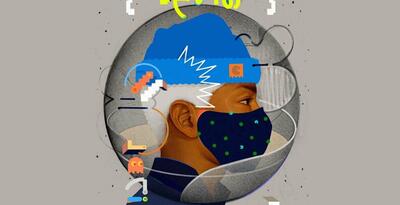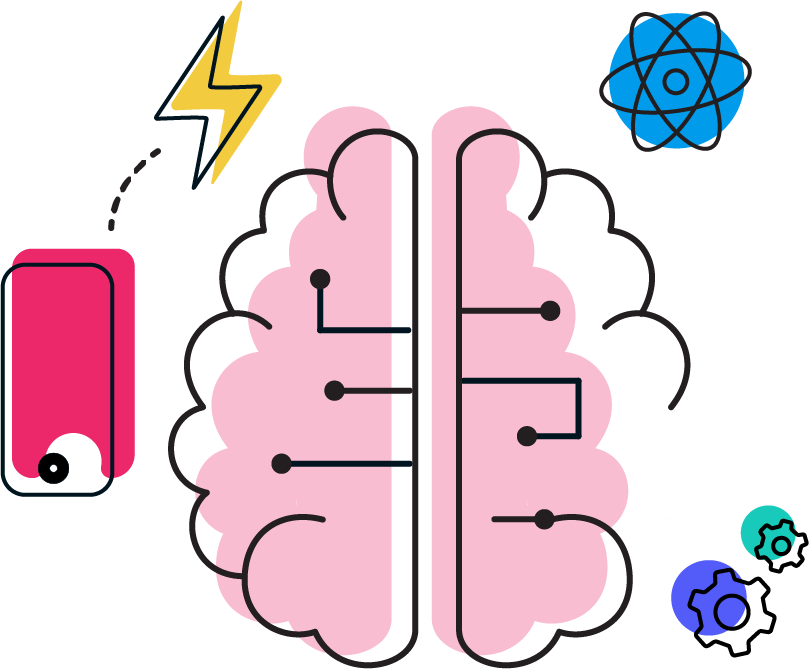


Complexity is built into the fabric of digital advertising and, in my view, the stunning success of Walled Gardens is largely a reflection of how they have solved for that problem. By combining premium supply, unparalleled scale, and native buying, optimization, and measurement tools into easy self-serve experiences, Walled Gardens have created islands of simplicity and reliability in that sea of complexity, and it’s no wonder why they continue to command a vast majority of ad spend. If you are willing to accept their measurement and work within their supply constraints, then spending in walled gardens is a no-brainer.
There will always be a class of advertisers who will never be comfortable living with those tradeoffs. Those advertisers – particularly large international brands and agencies – have enough at stake to make deep investments in maintaining independence in their measurement and optionality in their cross-channel media mix. For those advertisers, the complexity of the digital ecosystem is here to stay. And with the dawning of a new privacy paradigm and the end of cookies, the open ecosystem is only getting more complex. Advertisers that had built sophisticated independent tech stacks are now tasked with rebuilding them and retooling them for a new era.
Brands will forge their independent path by selecting the right technology and services from the open ecosystem. But the quality of the technology is only one factor they must consider in their selection process. The ease of implementation, the quality of support and service, and above all – the trust between brand and provider – these factors matter just as much as technological firepower. Ease of use and trusted human relationships are the systems of support that make the open ecosystem work. And that has never been clearer than today when COVID has forced those relationships online.
The strength of those relationships – and the new bonds forged through Zoom meetings – will determine the present and the (bright) future for every stakeholder that makes up that open ecosystem.
Pressing the Flesh
Advertising is a uniquely collaborative profession. Executing campaigns at a global scale involves, at minimum, media and creative agencies, brand leadership, and the participation of technological players that together form the tech stack. This means, by my count, that every single ad appearing on your phone or browser or TV is the result of a shared effort by dozens of working professionals.
In a non-COVID context, most of these professionals are concentrated in a small handful of key markets: New York, London, Los Angeles – which is to say: lower Manhattan, Soho in London, and West LA. A dense meshwork of offices, coffee shops, bars, and restaurants serves as host to that uniquely intensive collaboration, and as the breeding ground for the close relationships that bind the industry together. Those hubs are so dense, and their bustling activity so palpable, that it’s easy to forget that their kinetic energy doesn’t just hang in the air – it comes from all the individuals that breathe it.
These hubs – and the close relationships forged therein – have provided a major counterweight to the complexity of the open ecosystem. Complicated technology is much less complicated when you know and trust the people on the other side. Big deals are less risky when you’ve had a few (late) nights out with your agency reps. The fine print on contracts and the detailed specs of integrations fade to the background when they are transacted between parties that shared time in the trenches, that commuted to the same place, that drink at the same pubs and eat at the same restaurants.
This is all the more so in digital and programmatic, where, for the past decade, everyone was contending with technologies and processes that were totally unprecedented; Everyone is a startup in an industry that is itself starting up. The novelty and complexity of this new horizon in media has required every participant to be collaborative and scrappy both within and among their organizations. The industry is also small enough that reputations follow you wherever you go, as do the close friendships, and both matter even when you move to competitors.
The need to service the complex and customized needs of digital campaigns makes that all the more important. I’ll give you an example. I was working on a major brand engagement for an agency, and an important deliverable fell through right before the holidays. We knew we couldn’t deliver for our client in time. So we threw the business to a direct competitor, who worked over the holidays and absolutely crushed it for the client. I knew that person from our years working together before, and to this day, even though they work for a competitor, we consider ourselves colleagues in the shared profession of figuring this all out.
Which brings me back to today. The major hubs are quiet for now, but the trenches are still active as ever – and the shared bonds being forged today are deeper than ever. Working from home is not easy. The unique collaboration of global advertising, bringing together all stakeholders across markets, is equal parts challenging and personal. The water cooler conversations are taking place on Slack and on text. The conversations over drinks are replaced by early morning calls in your pajamas, interrupted by children and pets, partners and roommates. Edit meetings, creative reviews, mergers and acquisitions – all transacted over Zoom. But the tremendous pressure of the current circumstances all but ensure that these bonds will be just as meaningful as before.
That’s a good thing, too, because the open ecosystem isn’t getting any simpler. Technology will still form the connective tissue of that ecosystem, and the bonds of trust that guide those partnerships and implementations will matter even more.
by Julie Glasser, SVP, Client Services
Originally published by AW360







